
a.
To calculate: Domain of the function
a.
Answer to Problem 18E
Domain is
Explanation of Solution
Given information: A graph is given
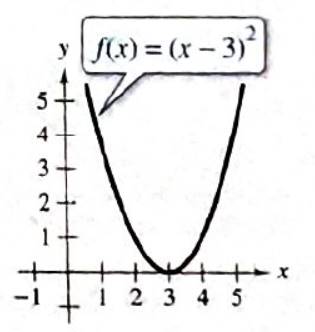
Calculation:
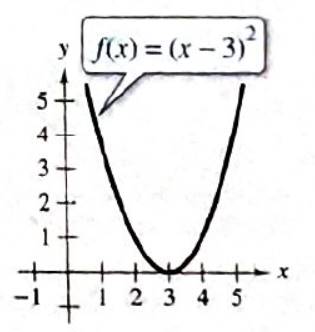
Domain of a function refers to a set of all possible input values for that function.
As per the graph,
So, domain is
b.
To calculate: Range of the function.
b.
Answer to Problem 18E
Range is
Explanation of Solution
Calculation:
Range of a function refers to a set of all possible output values corresponding to the domain of a function.
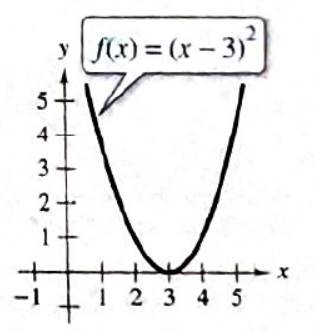
As per the graph,
So, range is
c.
To calculate: values of
c.
Answer to Problem 18E
Explanation of Solution
Calculation:
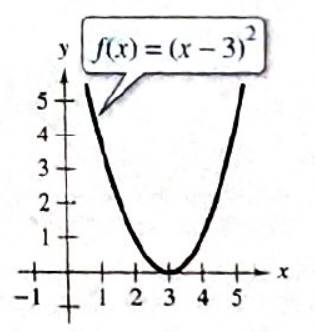
To find values of
The graph cuts the x -axis at point
x -coordinate of the point
So,
d.
To calculate: values of
d.
Answer to Problem 18E
Value of
Explanation of Solution
Calculation:
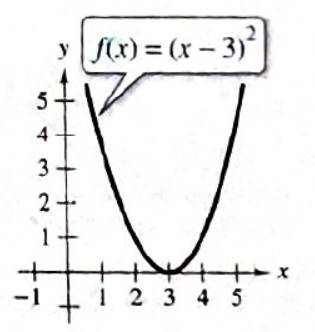
To find
e.
To calculate: values of
e.
Answer to Problem 18E
Value of
Coordinates of the point is
Explanation of Solution
Calculation:
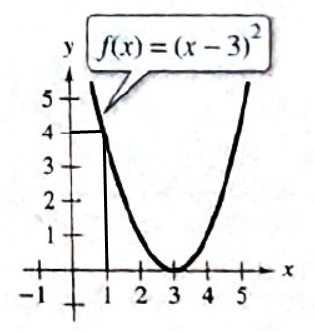
To find value of
The line
From this point draw a horizontal line which intersects the y-axis at some point.
The horizontal line intersects y-axis at point
y-coordinate of point
So,
Value of
Coordinates of the point is
f.
To calculate: coordinates of the point on the graph of
f.
Answer to Problem 18E
Coordinates of the point on the graph of
Explanation of Solution
Calculation:
To find coordinates of the point on the graph of
Put
So,
coordinates of the point on the graph of
Chapter 1 Solutions
EP PRECALC.GRAPHING APPR.-WEBASSIGN-1YR
 Calculus: Early TranscendentalsCalculusISBN:9781285741550Author:James StewartPublisher:Cengage Learning
Calculus: Early TranscendentalsCalculusISBN:9781285741550Author:James StewartPublisher:Cengage Learning Thomas' Calculus (14th Edition)CalculusISBN:9780134438986Author:Joel R. Hass, Christopher E. Heil, Maurice D. WeirPublisher:PEARSON
Thomas' Calculus (14th Edition)CalculusISBN:9780134438986Author:Joel R. Hass, Christopher E. Heil, Maurice D. WeirPublisher:PEARSON Calculus: Early Transcendentals (3rd Edition)CalculusISBN:9780134763644Author:William L. Briggs, Lyle Cochran, Bernard Gillett, Eric SchulzPublisher:PEARSON
Calculus: Early Transcendentals (3rd Edition)CalculusISBN:9780134763644Author:William L. Briggs, Lyle Cochran, Bernard Gillett, Eric SchulzPublisher:PEARSON Calculus: Early TranscendentalsCalculusISBN:9781319050740Author:Jon Rogawski, Colin Adams, Robert FranzosaPublisher:W. H. Freeman
Calculus: Early TranscendentalsCalculusISBN:9781319050740Author:Jon Rogawski, Colin Adams, Robert FranzosaPublisher:W. H. Freeman
 Calculus: Early Transcendental FunctionsCalculusISBN:9781337552516Author:Ron Larson, Bruce H. EdwardsPublisher:Cengage Learning
Calculus: Early Transcendental FunctionsCalculusISBN:9781337552516Author:Ron Larson, Bruce H. EdwardsPublisher:Cengage Learning





